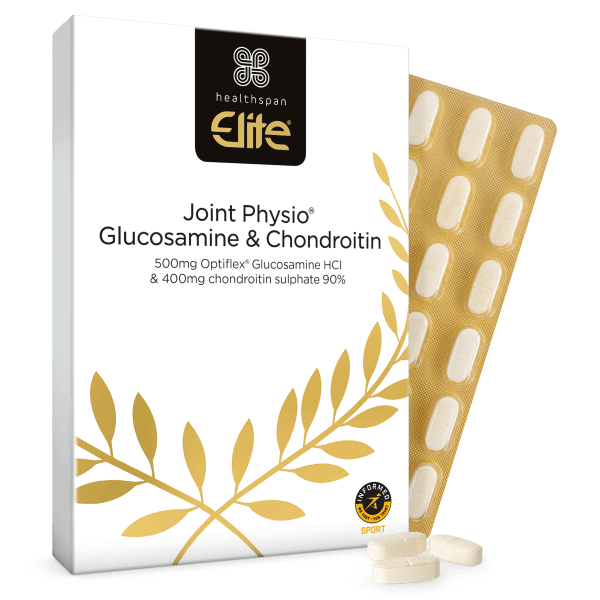Glucosamine is one of the building blocks of the articular cartilage, which helps our bones glide over each other with minimal friction. The rationale for the use of glucosamine supplements stems from its experimental use in animal models, where it has been shown to help rebuild damaged cartilage, as well as having anti-inflammatory properties.
Glucosamine is one of the building blocks of the articular cartilage, which helps our bones glide over each other with minimal friction. The rationale for the use of glucosamine supplements stems from its experimental use in animal models, where it has been shown to help rebuild damaged cartilage, as well as having anti-inflammatory properties.
Effective relief
Naturally, the beneficial properties of glucosamine have led to clinical trials in elderly patients with osteoarthritis (OA), the most common form of joint disease. The disease causes significant swelling of the joints, with ensuing pain and a gradual loss of mobility with time. The only current treatment for which is analgesic medication (pain relief) and physiotherapy to aid movement. A recent Cochrane Review of the effectiveness of glucosamine in osteoarthritis has shown it may improve pain relief by up to 22% and prevent further progression of cartilage loss in 25 pooled randomised controlled trials (RCTs) using up to 1500mg of glucosamine per day.1
Whilst not necessarily having established OA, athletes often place enormous strain on their joints through the rigours of training and competition. In theory, if glucosamine can stimulate the repair of cartilage and reduce pain, the athlete could recover from training faster, work potentially harder for longer, reduce their use of NSAIDs and in some cases it could prolong their competitive career. However, established evidence for its use is at an earlier stage in comparison than trials with OA.
Researching the benefits
Two recent studies have examined the acute effects of glucosamine administration at 1500mg and 3000mg per day in both competitive cyclists and soccer players.2, 3 The researchers showed a strong reduction in collagen breakdown. Furthermore, a study of 106 patients with acute knee injury using glucosamine for 4 weeks showed a significant improvement in knee flexion and extension over a placebo.4, 5 These primary studies may indicate a potential preventative and expedited recovery function of glucosamine on cartilage tissue in athletes and possibly a trend beyond the previously cited dosages in the OA studies to reap the most benefits.
In conclusion, whilst sports performance can't always be guaranteed a pain-free experience, glucosamine taken in isolation or alongside chondroitin may help keep those joints strong and less painful for longer in a safe way.

Elite Joint Physio Glucosamine & Chondroitin
The most advanced joint health combination
- 500mg Glucosamine HCl and 400mg chondroitin sulphate
- Glucosamine and Chondroitin found in joints and connective tissues









